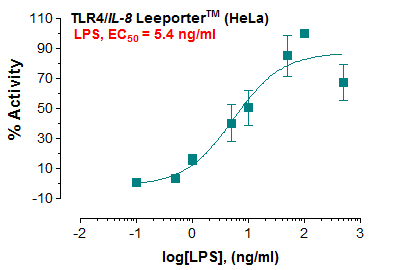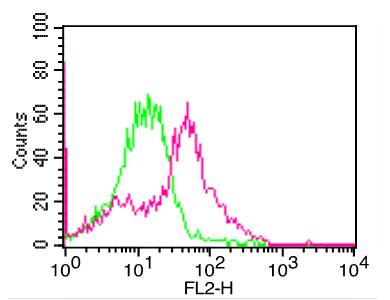Recombinant Cynomolgus HVEM/TNFRSF14/CD270 (C-Fc)(Discontinued)
Shipping Info:
For estimated delivery dates, please contact us at [email protected]
| Amount : | 50 µg |
| Content : | Lyophilized from a 0.2 µm filtered solution of PBS,pH7.4. |
| AA sequence : | Recombinant Cynomolgus Herpesvirus entry mediator is produced by our Mammalian expression system and the target gene encoding Pro37-Val203 is expressed with a Fc tag at the C-terminus. |
| Alternative Name : | Tumor Necrosis Factor Receptor Superfamily Member 14; Herpes Virus Entry Mediator A; Herpesvirus Entry Mediator A; HveA; Tumor Necrosis Factor Receptor-Like 2; TR2; CD270; TNFRSF14; HVEA; HVEM |
Source : Human Cells;
Herpesvirus entry mediator (HVEM) is a type I membrane protein in the TNF receptor superfamily, and it can both promote and inhibit T cell activity. HVEM is highly expressed on native CD4+ T cells, CD8+ T memory cells, regulatory T cells, dendritic cells, monocytes, and neutrophils. It functions as a receptor for BTLA, CD160, LIGHT/TNFSF14, and Lymphotoxin-alpha. Ligation of HVEM by LIGHT triggers T cell, monocyte, and neutrophil activation and contributes to Th1 inflammation and cardiac allograft rejection. In contrast, HVEM binding to CD160 or BTLA suppresses T cell and dendritic cell activation and dampens intestinal inflammation. HVEM enhances the development of CD8+ T cell memory and Treg function. It is additionally expressed on intestinal epithelial cells, where its binding by intraepithelial lymphocyte (IEL) expressed CD160 promotes epitheilal integrity and host defense. The herpesvirus envelope glycoprotein gD, which binds HVEM to initiate membrane fusion, can antagonize both BTLA and LIGHT binding.
Herpesvirus entry mediator (HVEM) is a type I membrane protein in the TNF receptor superfamily, and it can both promote and inhibit T cell activity. HVEM is highly expressed on native CD4+ T cells, CD8+ T memory cells, regulatory T cells, dendritic cells, monocytes, and neutrophils. It functions as a receptor for BTLA, CD160, LIGHT/TNFSF14, and Lymphotoxin-alpha. Ligation of HVEM by LIGHT triggers T cell, monocyte, and neutrophil activation and contributes to Th1 inflammation and cardiac allograft rejection. In contrast, HVEM binding to CD160 or BTLA suppresses T cell and dendritic cell activation and dampens intestinal inflammation. HVEM enhances the development of CD8+ T cell memory and Treg function. It is additionally expressed on intestinal epithelial cells, where its binding by intraepithelial lymphocyte (IEL) expressed CD160 promotes epitheilal integrity and host defense. The herpesvirus envelope glycoprotein gD, which binds HVEM to initiate membrane fusion, can antagonize both BTLA and LIGHT binding.
|
There are currently no product reviews
|
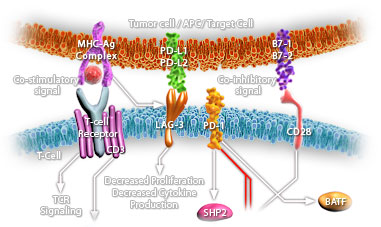
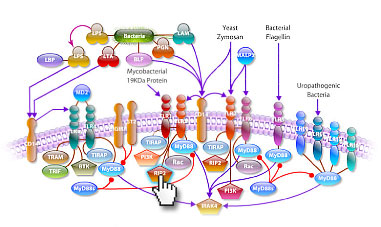







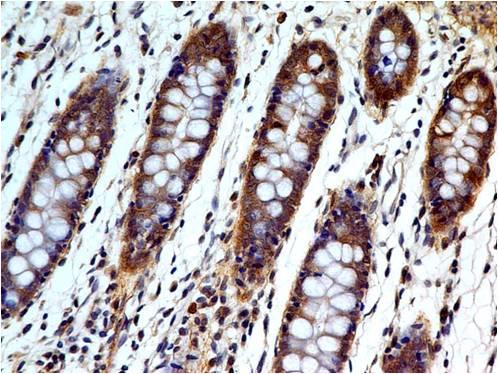


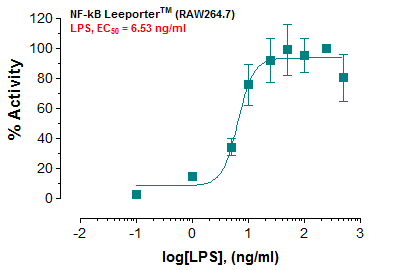

.png)

